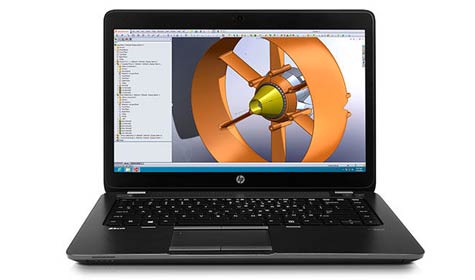With pricing for workstations having dropped considerably over the years, the number of organizations willing to pay a premium for systems that are considerably faster than a desktop PC has increased. Now Hewlett-Packard wants to extend the appeal of workstations into the realm of mobile computing while simultaneously making workstation processing capabilities available via thin clients.
Announced this week, the HP ZBook 14 and 15u Mobile Workstations make use of fifth-generation Intel Core processors and FirePro 3D graphics processors from Advanced Micro Devices (AMD). Packaged with 16 GB or memory and 1.25TB of storage, Jimmy Holbert, global mobile workstation category manager for HP, says that this class of mobile workstations now provides up to eight hours of battery life.
As attractive as mobile workstations have been, the limited amount of battery life they have historically had has limited their appeal. But at eight hours, mobile workstations now have enough battery life to last most of a working day without needing to be recharged.
HP is also making it simpler to share workstation horsepower via the HP DL380z Gen9 Virtual Workstation, which combines Intel Xeon Processor E5 v3 class CPUs with NVIDIA graphics and up to 10 2.5-in. drives to give users access to 16TB of storage in a 2u chassis. In addition, HP is making available version 7.1 of its Remote Graphics Software, which increases frame rate performance when remotely accessing workstations by 60 percent.
In general, the appeal of both mobile computing systems and thin clients has obviously increased greatly across the enterprise. For all intents and purposes, there’s no reason why the same dynamics won’t also play out across workstation-class systems in 2015 just as well.




